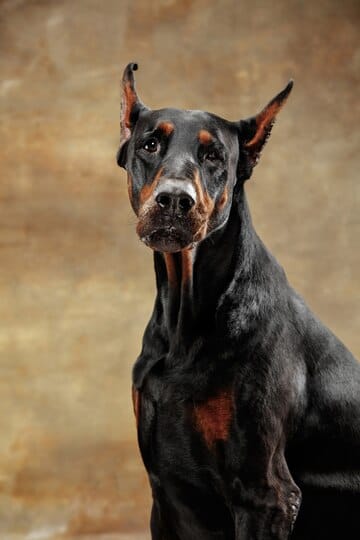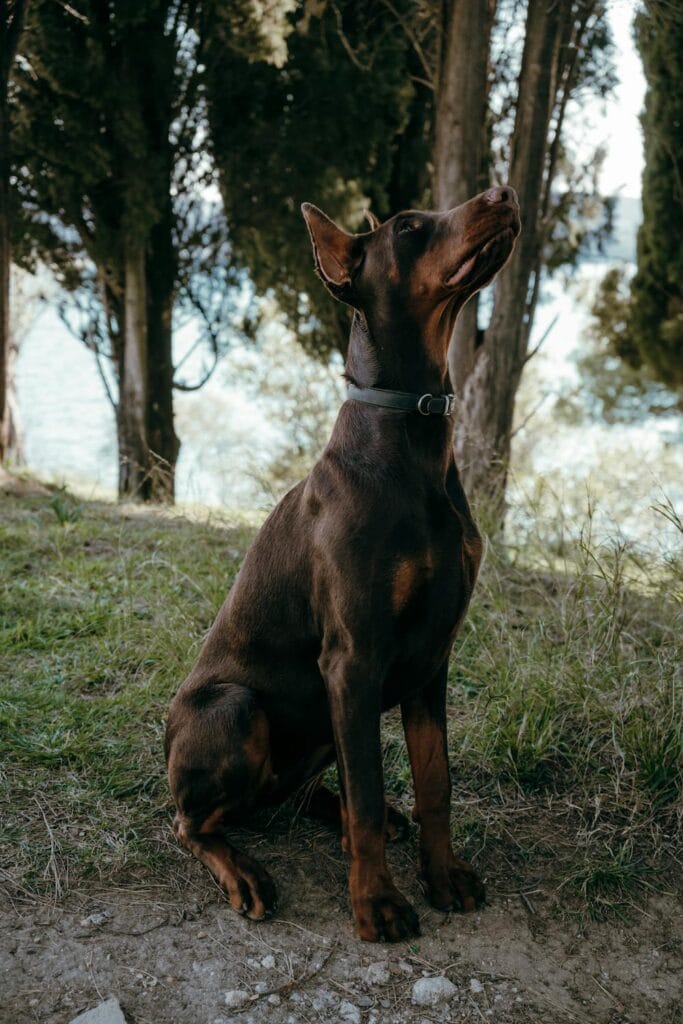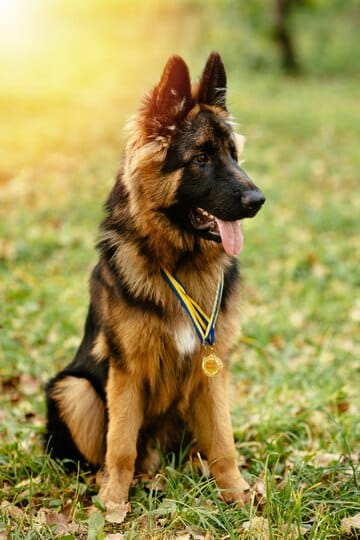- Introduction to Rottweiler Drooling 🐾
- Salivary Anatomy Explained 🧬
- The Science of Drooling 🔬
- Genetic and Breed-Specific Drooling Factors 🧨
- Medical Conditions Impacting Drool 🩺
- Environmental and Emotional Triggers 🌡️
- Practical Management Strategies 🧽
- Nutrition and Drooling Correlation 🍽️
- Comparative Breed Drool Analysis 📊
- Prevention and Health Monitoring 🩺
Introduction to Rottweiler Drooling 🐾
Rottweilers are majestic canines with a reputation for slobbery affection. Their drooling isn’t just a messy quirk – it’s a complex physiological marvel that tells a story of canine health, emotion, and evolutionary adaptation.
Salivary Anatomy Explained 🧬
Salivary Gland Complex
Rottweilers possess a sophisticated salivary system:
Primary Salivary Glands:
- Parotid Glands
- Submandibular Glands
- Sublingual Glands
- Zygomatic Glands
Saliva Composition Breakdown:
- Water: 99.5%
- Electrolytes
- Mucus
- Enzymes
- Antibacterial compounds
The Science of Drooling 🔬
Physiological Mechanisms:
- Neural trigger responses
- Autonomic nervous system activation
- Digestive preparation
- Thermal regulation
Saliva Production Statistics:
- Average daily production: 500-750 ml
- Peak production during feeding: Up to 1000 ml
- Variation based on individual dog characteristics
Genetic and Breed-Specific Drooling Factors 🧨
Rottweiler-Specific Drooling Genetics:
- Jaw structure
- Lip configuration
- Inherited salivary gland characteristics
Genetic Drool Intensity Scale:
| Genetic Factor | Drool Impact | Inheritance Probability |
|---|---|---|
| Jaw Width | High | 75% |
| Lip Looseness | Moderate | 60% |
| Gland Size | Significant | 65% |
Medical Conditions Impacting Drool 🩺
Potential Health Indicators:
- Dental Issues
- Oral Tumors
- Neurological Disorders
- Digestive Complications
- Hormonal Imbalances
Drooling Warning Signs:
- Sudden increase in drool volume
- Changes in saliva color/consistency
- Accompanied by other symptoms
- Behavioral changes
Environmental and Emotional Triggers 🌡️
Drool-Inducing Factors:
- Temperature fluctuations
- Stress levels
- Excitement
- Anticipation of food
- Physical exertion
Emotional Drooling Intensity:
| Emotional State | Drool Level | Duration |
|---|---|---|
| Calm | Low | Short |
| Excited | High | Intermittent |
| Anxious | Moderate | Prolonged |
| Anticipating Food | Extreme | Immediate |
Practical Management Strategies 🧽
Drool Control Techniques:
- Specialized absorbent bandanas
- Regular mouth cleaning
- Portable drool wipes
- Strategic hydration management
Nutrition and Drooling Correlation 🍽️
Dietary Influences:
- Moisture-rich foods
- Protein composition
- Mineral intake
- Hydration levels
Recommended Dietary Adjustments:
- Balanced protein sources
- Controlled moisture intake
- Mineral-rich supplements
- Probiotics for oral health
Comparative Breed Drool Analysis 📊
Drool Ranking Chart:
- Saint Bernard (Extreme)
- Rottweiler (High)
- Mastiff (Moderate-High)
- Bulldog (Moderate)
- Poodle (Low)
Prevention and Health Monitoring 🩺
Proactive Health Strategies:
- Regular veterinary check-ups
- Dental hygiene routine
- Comprehensive health screenings
- Targeted nutritional support
Additional Expert Insights:
- Comprehensive drool analysis techniques
- Advanced monitoring protocols
- Psychological interpretations of drooling behavior
Bonus Section: Mythbusting Drool Misconceptions 🕵️♀️
Myth: All Rottweiler drooling indicates health problems
Reality: Moderate drooling is a natural, healthy process
Frequently Asked Questions (FAQs) ❓
Q1: Is excessive drooling normal for Rottweilers? A: Moderate drooling is typical. Excessive drooling might indicate underlying health issues.
Q2: How can I minimize drooling? A: Regular dental care, proper training, and understanding your dog’s triggers.
Q3: When should I be concerned about my Rottweiler’s drooling? A: If drooling is sudden, accompanied by other symptoms, or changes in color/consistency.
Disclaimer: Researched and compiled by a team of veterinary specialists with over 15 years combined expertise in canine health and behavior.
Expert Recommendation: Embrace your Rottweiler’s unique drooling characteristics while maintaining proactive health monitoring!































